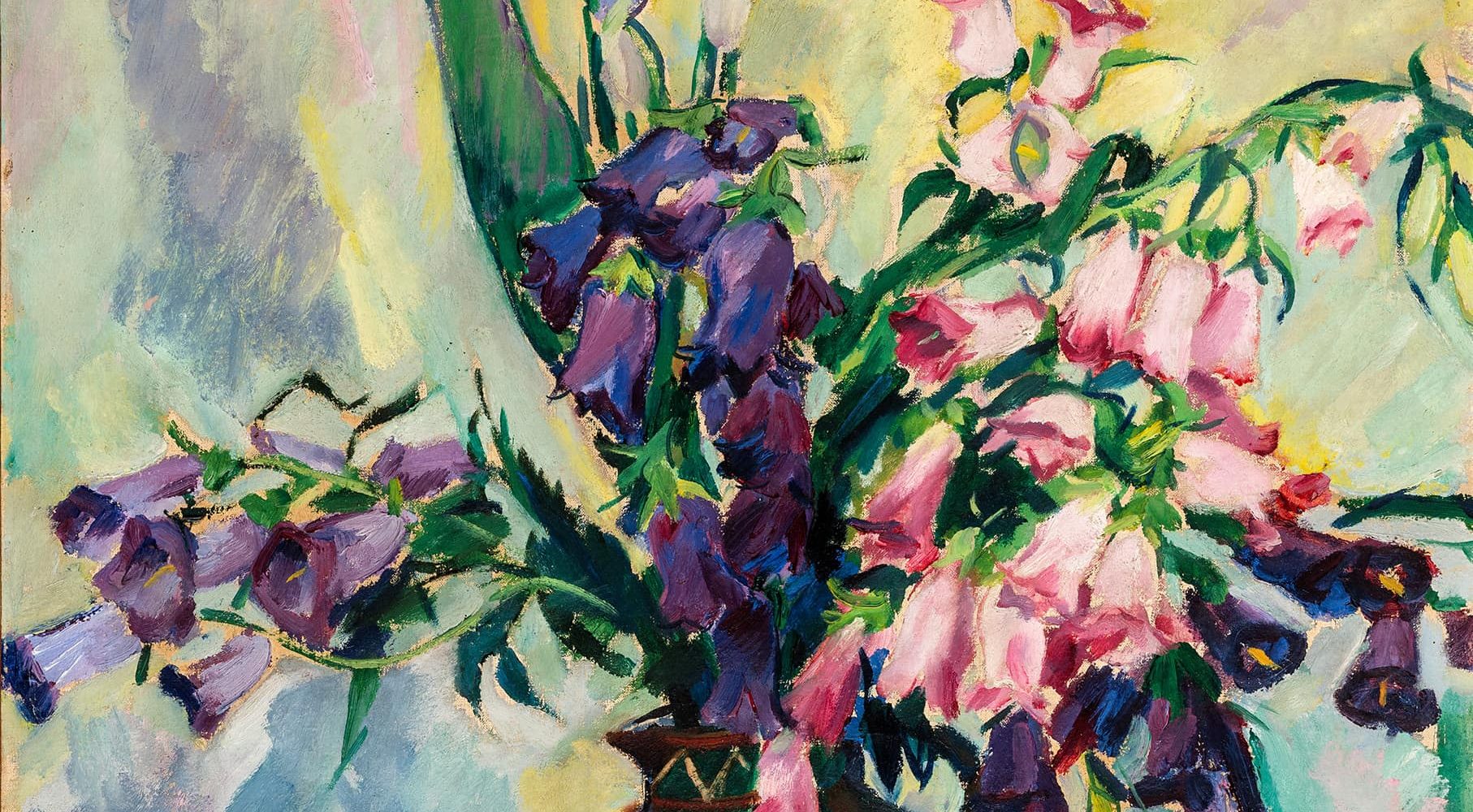

Born on 11 December 1889 in Mühlhausen, Rudolf Jacobi began studying at the Academy of Fine Arts in Berlin at 18 years old. There he became a master student of Friedrich Kallmorgen. From 1911 onwards, the young artist participated several times in the Great Berlin Art Exhibition, the Secession and Academy exhibits and exhibited in the Munich Glaspalast the following year.
He then worked as a freelance painter in Berlin. In 1921 he married the painter Anna Ottonie Krigar-Menzel, known as “Annot”. In 1926 the pair moved to Paris. During their two-year stay there, Annot attended the painting school of Andre Lhote, during which time Jacobi was inspired by the works of Maurice de Vlaminck.
Upon their return to Berlin in 1928, he and his wife opened the Annot Art School. Jacobi joined the Berlin Secession. Paintings of his were bought by the National Gallery in Berlin, the City of Berlin and the Interior Ministry. Various solo exhibitions were also held at the renowned Neumann/Nierendorf Gallery in Berlin. In 1933 their art school was closed by the National Socialists because Jacobi and his wife refused to exclude Jewish women as students. They emigrated to the United States, “in order to spare their children an upbringing in the Third Reich”.
In 1934, they established an art school in New York, where Rudolf Belling also taught. In 1940 the school was closed due to financial difficulties. Further solo exhibitions in New York between 1942 and 1944 followed, including at the Passedoit Gallery, and various American museums began to buy Jacobi’s works. In 1967, the artist couple returned to Germany, where Jacobi settled in Munich until his death in 1972.
